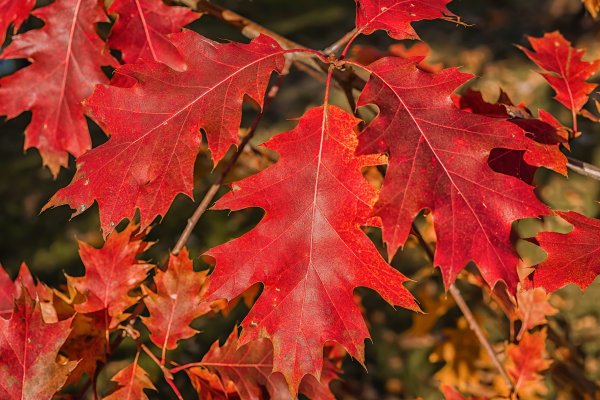Forests are important to our lives, our economy, and to all life on Earth, yet our understanding of how forests would respond to predicted climatic changes is limited. Trees are long-lived, sessile, and generally incapable of migrating long distances from one generation to the next. Populations of forest trees are adapted to the climates they inhabit.
Local adaptation (LA), defined as a fitness advantage for genotypes in their home environment, is one process that has allowed forest tree species to colonize across large spatiotemporal climate gradients. In general, fast-growing populations have better fitness and are favored in low-stress, high-resource environments whereas populations with stress resistance (e.g., cold tolerance) have better fitness and are favored in high-stress, low-resource environments. However, the relationship between climate heterogeneity and LA is complex and not well understood. To anticipate and project climate change effects on forests, we need to improve our understanding of tree species genetic adaptation to climate.
Our overall goal is to elucidate how temporal and spatial environmental gradients shape genetic differentiation in phenotypic responses of northern red oak (Quercus rubra L., NRO), an ecologically and economically important model for temperate forest tree species. We will leverage available historic data from a range-wide provenance test series, combining them with new data from a unique network of existing provenance tests replicated in US and Europe, new population genomic data, and advanced statistical modeling to address the following specific aims: 1) To characterize how LA differs among populations depending on climate conditions and heterogeneity, 2) To assess the relative importance of survival and growth rates in determining LA in different environments, and 3) To identify the genomic basis of LA.
We hypothesize that most populations will be locally adapted to their home climate, especially those from harsh climates and/or low temporal climate variability. We hypothesize that in cold climates, LA is manifested via genetic differences in survival, while growth rate is a better indicator of LA in warmer climates. We hypothesize that genetic markers exhibiting the strongest signatures of LA will tag genes thought to control phenology, life history, and abiotic stress responses in other species. Furthermore, we hypothesize that markers showing strong allelic clines along climate gradients will be predictive of variation among genotypes in growth response to climate. Results from this study will improve our efforts to project climate change effects on forest growth and survival and inform the selection of “preadapted” seed sources for forest restoration and for assisted migration efforts. This study will provide preliminary data and analyses to support external funding requests. This project will also help position Penn State as a leader in a research area of increasing importance and enhance collaborations with national and international scientists.
Resulting Publications
- Beant Kapoor, Jerry Jenkins, Jeremy Schmutz, Tatyana Zhebentyayeva, Carsten Kuelheim, Mark Coggeshall, Chris Heim, Jesse R Lasky, Laura Leites, Nurul Islam-Faridi, Jeanne Romero-Severson, Victoria L DeLeo, Sarah M Lucas, Desanka Lazic, Oliver Gailing, John Carlson, Margaret Staton, A haplotype-resolved chromosome-scale genome for Quercus rubra L. provides insights into the genetics of adaptive traits for red oak species, G3 Genes|Genomes|Genetics, 2023;, jkad209, https://doi.org/10.1093/g3journal/jkad209
Researchers
Mark Coggeshall

Antoine Kremer






